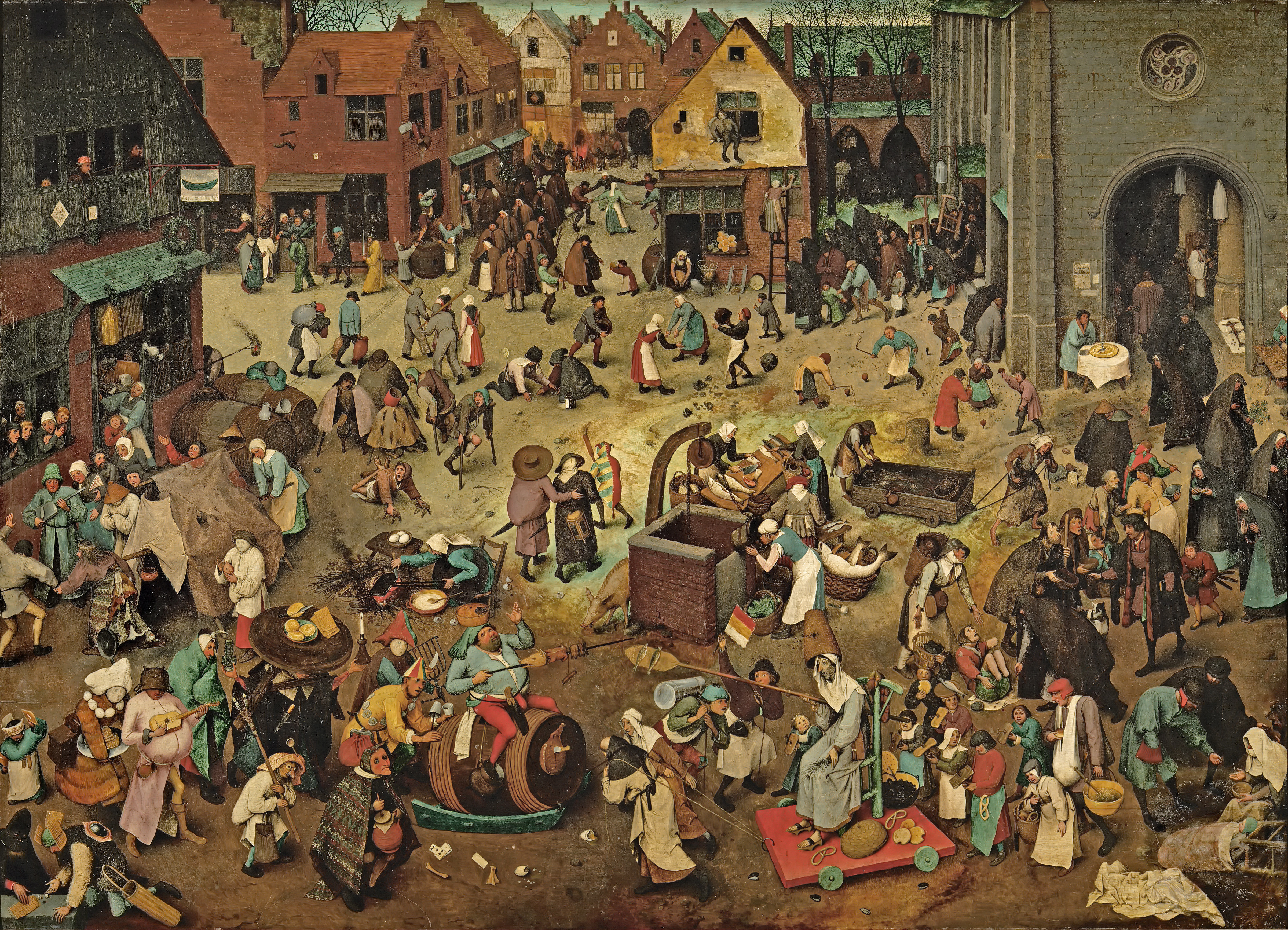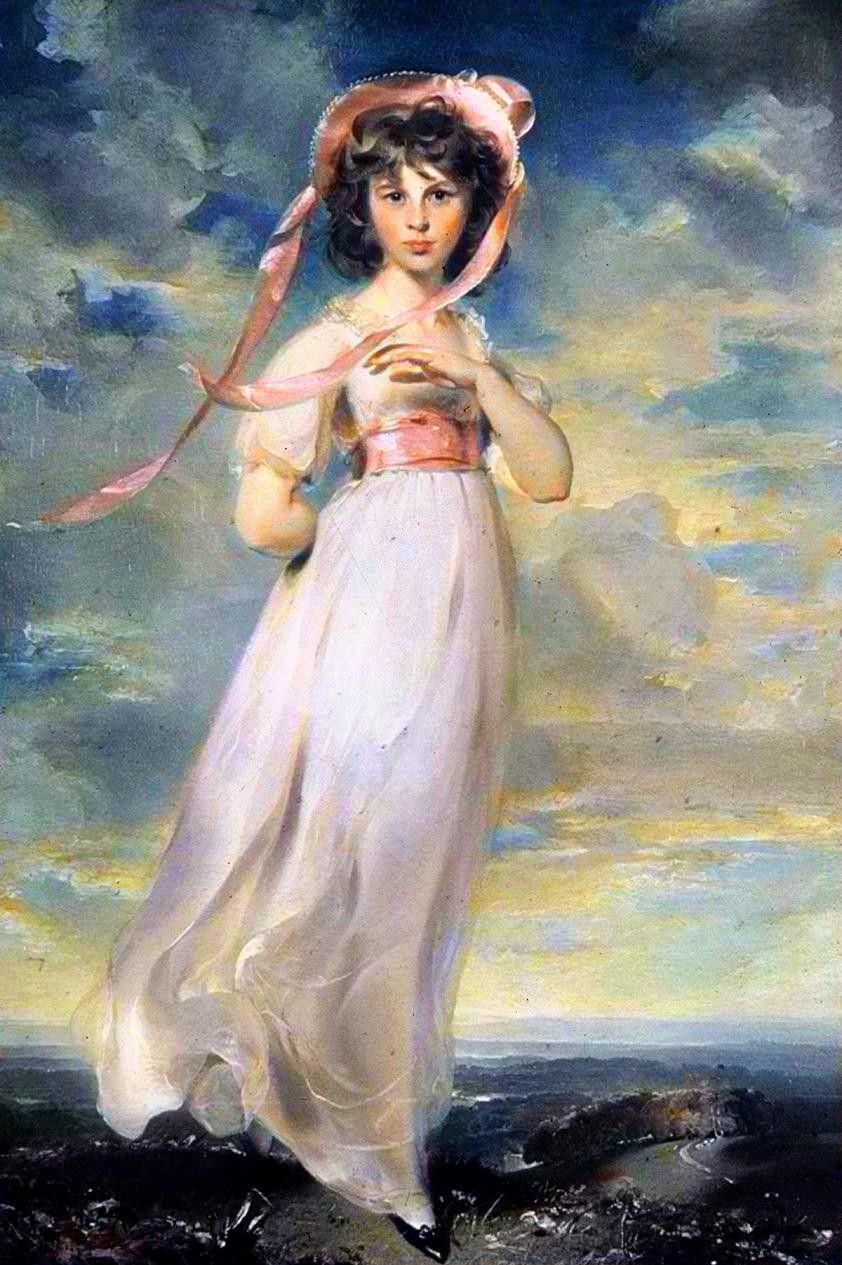 |
| Jan Van Eyck, Virgin with Child and Saints, 1443 |
Have you ever had a moment in your life when your mind exploded? If not, prepare your mind ravaged. On either side of Infant Jesus are two saints. The saint standing on the left is St. Barbara and the one on the right is St. Elizabeth. When St. Barbara was a child and known simply as Barbara, her father locked her up in a tower and kept her there until she would marry a wealthy man. While up there, she converted from paganism to Catholicism. Because of her conversion, she was tortured by her father and then by the leader of the province. One night in her cell, her prayers are answered and her wounds are healed. Barbara’s father decapitates her the following day. She was later canonized the patron of soldiers. A statue of Mars sits on the balcony behind the St.Barbara.
The saint to the left of Christ is St. Elizabeth, known as the patron of hospitals. After becoming a widow at a young age, she used her dowry to found a hospital and care for the sick. Stories have been told of miracles performed at her grave following her death. In this fashion, both St. Elizabeth and St. Barbara represent Jesus' attributes of caring and kindness. Jesus has been known to watch over people, as St. Barbara would. He sacrificed himself for the salvation of others, similar to the fashion that St. Elizabeth did.
Geography can change philosophy. The art of Southern Renaissance contrasts the Northern Renaissance art in terms of the backdrop. In Italian religious artworks, the background to the subject often shows some aspect of heaven, whether that be angels or Christ. Botticelli's "Mystic Nativity" epitomizes the Italian Renaissance with the circle of angels flying above the baby Christ. Van Eyck represents the geographical differences between Italian and Northern art with the town in the background of the "Virgin and Child with Saints."








_-_Google_Art_Project.jpg)














